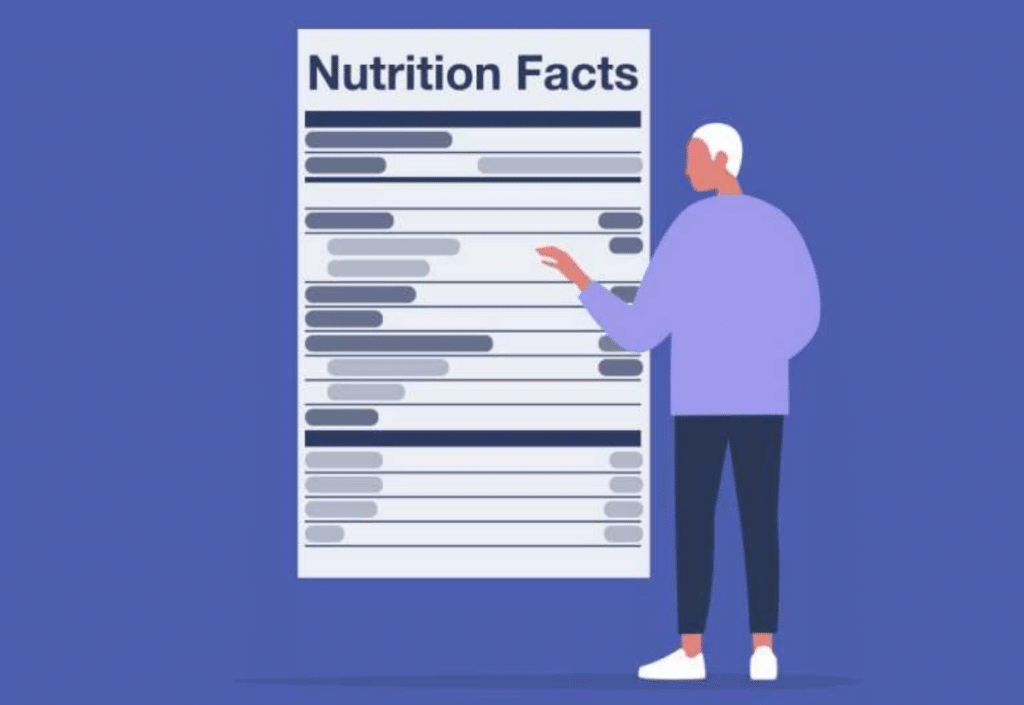
It’s easy to think we’re making healthy choices when we reach for “low-fat” or “high-protein” foods. But here’s a surprise: High levels of sodium may be lurking in some of our favorite low-calorie staples.
“A lot of times, people think that most of their salt intake is coming from the salt we use at home. But it actually comes from a lot of those packaged foods that we eat,” says Dolores Woods, a registered dietitian with the University of Texas Health Science Center in Houston.
As we munch through the day, even the smallest bites can accumulate into a hefty intake of sodium that adds up faster than we might realize.
Why is too much sodium bad?
Consuming too much salt or sodium can increase our blood pressure and lead to more severe chronic illnesses such as cardiovascular and kidney disease, Woods says. Sodium draws water into our veins, which increases blood flow and raises blood pressure. Over time, high blood pressure can cause the arteries to stretch and accumulate plaque, which can pose the risk of a blockage.
How much sodium should older adults consume?
On average, Americans consume a whopping 3,400 mg of sodium each day, far over the federal recommendation of a maximum of 2,300 mg (about one teaspoon of table salt). Those with hypertension should consume between 1,000 and 1,200 mg of sodium a day, Woods says.
To find out which low-calorie foods are high in sodium, from AARP, CLICK HERE.

